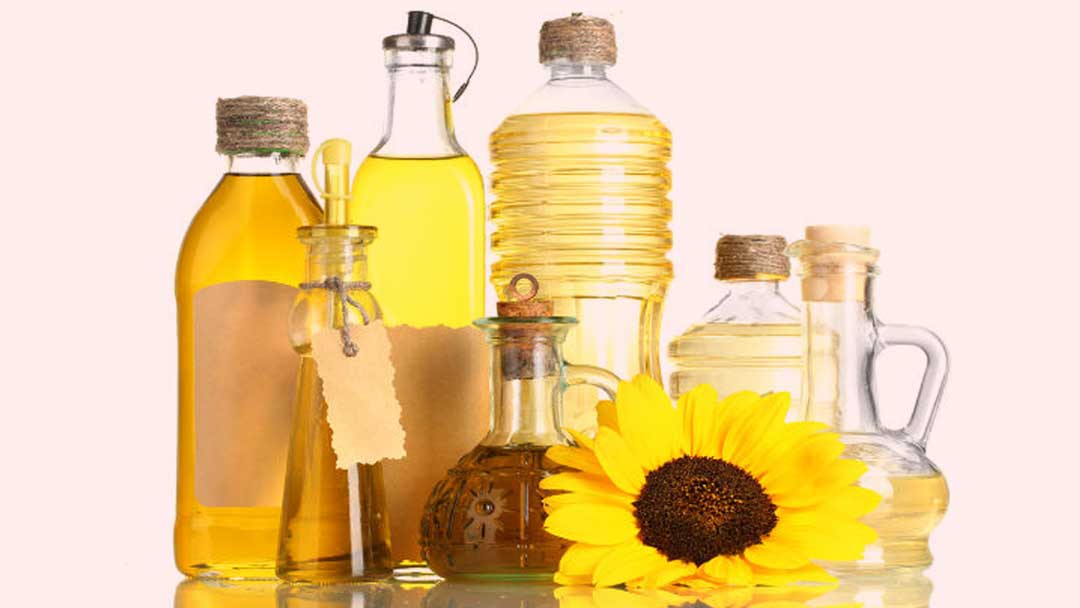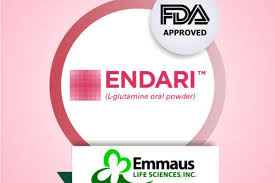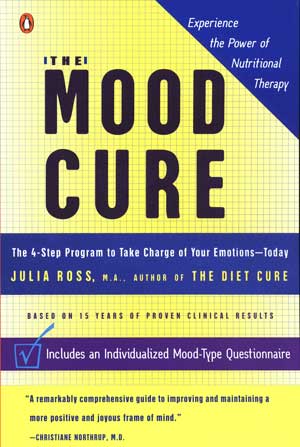Which Fats Can’t You Trust?

Part 2 of “Fat is Not the Enemy,” adapted from The Mood Cure, Chapter 7. Read Part 1 here.
The top awards for bad-health-fats go to the “lite fats”: vegetable oil and the margarine and shortening made from it. I don’t mean extra virgin olive oil, which is a Good-Health Fat. I am referring to such staples as corn oil, soy oil, canola oil, peanut oil, sesame oil, wheat-germ oil, and cottonseed oil. The reason that we didn’t use these oils much before 1930 was that we preferred traditional fats like butter, cream and lard. We used coconut and palm oil a lot then, too. And not so coincidentally, our rates of depression, heart disease, and cancer were much lower then. So were our weights!
All that was changing by 1970, however, because by then the medical establishment had begun telling us that the saturated fat in butter and other dairy products could cause heart attacks, and that the polyunsaturated fat in vegetable oil and margarine was more beneficial for our hearts. Vegetable oil and margarine have since become favorites in the American kitchen, at what now appears to be the cost of a significant measure of both our health and our happiness. In what way are these toxic fats “lite”? They are light on the expense side of the food industry ledger. Olive and coconut oils cost more, as do butter and ghee.
What’s the problem? First, these oils are very unstable-that is, they can become dangerously rancid very quickly. Rancid means oxidized, and in your body, oxidized means damage to your cells and tissues, especially to the areas rich in fat, such as your brain. You know what happens when an apple is exposed to the air: Oxidation is the process that turns it brown and makes it “go bad.” If you eat vegetable oils that are already oxidized from the heat and light as well as the exposure to oxygen in the air during processing and the removal of the unsightly but protective antioxidant vitamin E (it’s brown in color), you are exposing your own healthy tissues to a volatile substance that will damage them. Here’s where butter is truly better. You can keep it on the table for days at a time and it won’t spoil. Why? It’s not damaged by light and heat, and it’s packed with antioxidants that prevent oxidation. But vegetable oils have had their antioxidants-primarily the ugly brown-colored, but irreplaceably protective vitamin E–removed and destroyed in processing. The reason they don’t smell rancid is that they’ve been deodorized by being exposed to high heat. Unfortunately, all this processing makes these oils hopelessly rancid by the time we pour them onto our salads and skillets or add them to our recipes. Oxidation, or rancidity, is a major contributor to most degenerative disease, and we consume, on average, 66 pounds a year1 of rancid vegetable oils, 400% more than we did in 1920.
Omega-6 vegetable oils are pressed out of seeds, nuts, and beans. We need a little O-6 on a regular basis. In fact, it’s considered essential. We need it to clot our blood, shed the lining of the uterus when we menstruate, and constrict our blood vessels, for example. Inflammation, though, is the thing that most of the omega-6 fats are best known for. Inflammation is useful. Up to a point. It helps kill things like viruses and bacteria. But over-consuming omega-6 can result in overkill of healthy tissues all over the body, including the brain. For example, chronic inflammation of the brain can interfere with neurotransmitter functions in any number of brain cells. Omega-6 interference with the neurotransmitter dopamine can lead to Parkinson’s disease, bipolar moods (manic depression),2 schizophrenia, and obsessive-compulsive disorder.3
Too Much of a Bad Thing
It’s a combination of rancidity and inflammation, plus excess that makes the omega-6’s such a serious modern health hazard. We used to get the small amounts of O-6 we needed from eating meat, whole grains and beans, and from seeds and nuts that we’d keep in their freshness-maintaining shells till we were ready to eat them. Now these damaged vegetable oils are the only oils many people ever eat or cook with. They’re also the primary oils used in almost all packaged baked goods (baked bads) like crackers and cookies, salad dressings, and mayonnaise (To make your own olive oil based mayonnaise, see recipe here).
These fats have even crept into important foods that used to be almost totally omega-6-free. Fish, meats, and poultry are now raised on high o-6 grains instead of low-omega-6 algae, grass, and bugs. There is no question that our ever-increasing rates of depression, heart disease, and cancer have been direct results. The Japanese and Israeli scientific communities have concluded, after several decades of consuming these “Western” oils and suffering epidemic increases in “Western” diseases as a consequence, that the high omega-6 vegetable oils have been a disaster for their people. A grim report to the National Institute of Health by the top Japanese lipid scientists concluded that omega-6 vegetable oils “are inappropriate for human use as foods.”4
Trans-fatty Hearts
Putting its terminal rancidity and inflammatory effects aside for the moment, lets move on to the final nail in the omega-6 coffin (and our coffins, if we eat it). Let’s look at what is done to these rancid oils, so liquid by nature, to make them harden into the margarine and shortening that we find in most prepared food, and use at home to “protect” our hearts.
These fragile, already damaged vegetable oils, so ultra-sensitive to heat, are boiled for many hours with hydrogen and bits of nickel until their essential molecular structure is entirely changed into a “hydrogenated” or “trans” (think trans-formed) fat. The toxicity of this “trans” fat far outstrips any dangers attributed to saturated fats (except for saturated fat that is hydrogenated!) Hydrogenation (trans-forming) turns any fat into something that a biochemist friend calls “one step away from a plastic.” The process not only keeps liquid fats firm, it keeps them firm forever. Shelf life versus your life.
The evidence, building for decades, exploded in the 90s with dozens of studies describing the fatal effects of the hydrogenation of our arteries and hearts. One of many similar studies found ” . . . a significant association between the intake of trans-fatty acids and the risk of coronary death.” 5
Okay, so vegetable oils are killing us, but do they really have that much to do with our moods? Yes! For the first time in history, we have been using these oils in huge quantities. When we eat too much O-6, even from fresh, non-rancid nuts or seeds, for example, it takes over. Most notably in terms of our moods, it takes over our brains. In addition to provoking the damaging brain inflammation I’ve just mentioned, there’s another kind of brain malfunction that it sets in motion. O-6 molecules are similar in form (long and slinky) to those of another fat-the omega-3s that we’re supposed to use to make our brain’s cell walls out of. When we don’t get enough of the right omega-3 stuff and pinch hitter O-6 steps in, our brain cells quit sending and receiving signals properly. This is a disaster for our moods. It’s very clearly an issue in depression, with rates of depression rising right along with our brain’s O-6 levels as they take the place of the Good Mood omega-3 fats. 6
These “partially hydrogenated” fats still corrode nearly every packaged food on the market shelf from Triscuits to Pop Tarts, though many manufacturers still don’t list them among their ingredients. Trans fats prevent your brain from utilizing brain-protective omega-3 fats, thus contributing to the takeover by omega-6 fats that leads to depression and other kinds of mood disruption.
We do need a small amount of the essential omega-6 fats–where can we safely find them? In fresh nuts and seeds. Just a handful a few times a week. (Remember, saturated fat and olive oil also contain some O-6 fats.)
We need to stop using the Bad Health Omega-6 vegetable oils, hydrogenated trans-fats or not, and start using lots more of the healthier fats that I have already discussed. This is a tough order, since it involves avoiding processed foods like mayonnaise and prepared salad dressings, in addition to all those crackers, granola, chips, and cookies. It will take a while for you to identify the culprits at the store and dodge what you can when you eat out. But it will be worth your life as well as your mood!
References
1. Economic Research Service/USDA Per Capita Consumption Data System Table 14 Added Food Fats and Oils 1909-1998
2. Chang MC, Contreras MA, Rosenberger TA, Rintala JJ, Bell JM, Rapoport SI. “Chronic valproate treatment decreases the in vivo turnover of arachidonic acid in brain phospholipids: a possible common effect of mood stabilizers.” J Neurochem. 2001 May;77(3):796-803.
3. Oken RJ. Obsessive-compulsive disorder: a neuronal membrane phospholipid hypothesis and concomitant therapeutic strategy. Med Hypotheses 2001 Apr;56(4):413-5
4. Harymi Okuyama, Ph.D. “Choice of n-3 Monounsaturated and Trans-fatty Acid-Enriched Oils for the Prevention of Excessive Linoleic Acid Syndrome” Workshop on the Essentiality of and Dietary Reference Intakes (DRIs) for Omega-6 and Omega-3 Fatty Acids The Cloisters National Institutes of Health
5. Pietinen P, Ascherio A, Korhonen P, Hartman AM, Willett WC, Albanes D, Virtamo J. “Intake of fatty acids and risk of coronary heart disease in a cohort of Finnish men.” The Alpha-Tocopherol, Beta-Carotene Cancer Prevention Study. Am J Epidemiol 1997 May 15;145(10):876-87.
6. USDA: Per Capita Fat Supply for the U.S., 1909-1998.


